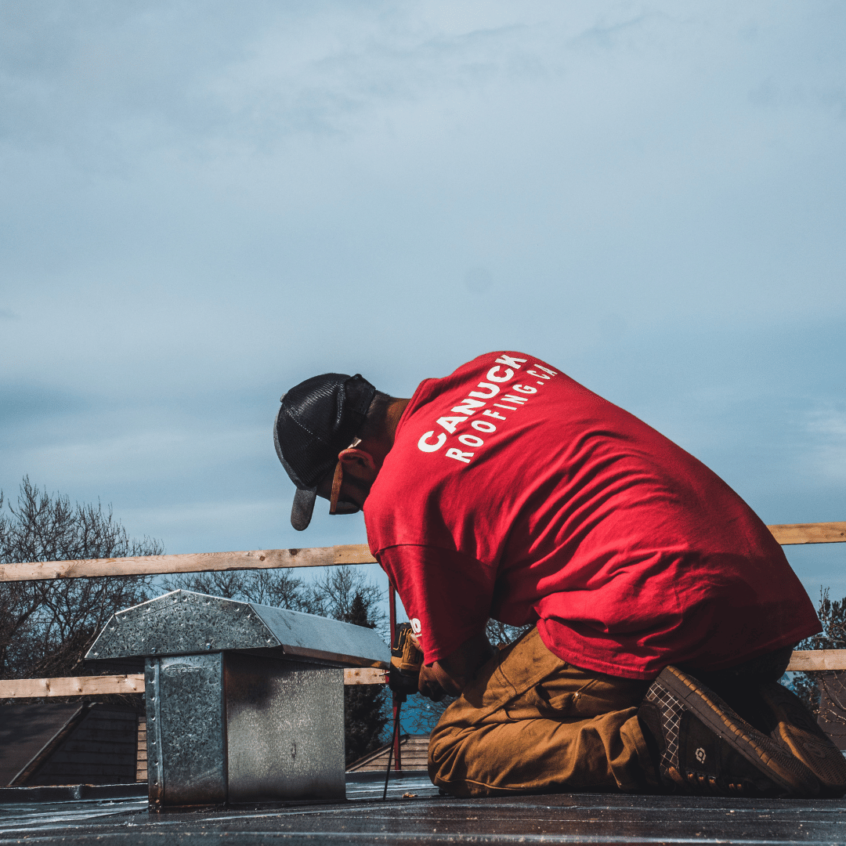It’s no secret that winter can be a brutal time of year in Burnaby. Snow and ice are common, and our roofs get pounded with rain, hail, snow and wind all at once. To keep your roof from falling apart under the weight of these elements, you need to make sure it’s prepared for what’s coming—and we’re here to show you how!
Clean out your gutters and downspouts.
Make sure they are not clogged with leaves or other debris, which could cause water to back up and leak into the roof instead of draining away. Also be sure to check for leaks, as this can lead to structural damage and rot over time (and possibly leak onto the inside walls of your home). Finally, remove any ice buildup inside any part of the gutter system—especially at joints where two sections meet up with each other. Frozen ice can expand outward from those areas causing major leaks if left untreated during winter months when temperatures drop below freezing levels every night for weeks on end.
Repair damaged shingles.
If you’re noticing a bunch of missing or damaged shingles on your roof, it’s important to repair them as soon as possible. While it’s tempting to leave them off through the winter and wait until spring to deal with them, this will only cause more problems down the line.
It’s always better to address minor issues before they become major ones. You should also try to repair any damaged shingles instead of replacing them if at all possible; repairing is generally much cheaper than replacement, especially if you’ve got old-school asphalt shingles that need replacing anyway! If your roof has been damaged due to hail or heavy rainstorms, however, then by all means replace those pieces with new ones—it’s better for everyone involved!
Replace rotted roof decking.
Replacing rotted roof decking is a great way to extend the life of your roof and prevent leaks. This can be done by professionals at Canuck Roofing, or you can do it if you’re comfortable with doing some basic DIY work. The first step in this process is inspecting your roof for signs of rot. If your house has been affected by moisture coming from the inside or outside (due to a storm drain or other nearby source), it could cause that moisture to seep into your home as well.
If you see any signs of rust on shingles, holes in any part of the sheathing underlayment, or discolouration in wood framing members (such as joists), then it’s probably time for new decking!
Invest in ice dams.
Ice dams are a huge problem in the Pacific Northwest. They cause a lot of problems and can be extremely expensive to repair. It’s better to prevent them than to take care of them after they’ve happened.
Ice dams form when snow melts from your roof and refreezes at the top edge of your roof, then runs down behind your shingles and into the gutters where it gets trapped by ice within them and cannot drain away. When ice dams form, water will eventually leak into any unsealed areas like soffits or vents, causing more problems further on down the line.
You can prevent ice dams from forming by installing foam boards above your garage door threshold (if you have one) or around any attic vents which may melt snow faster than others parts of your house do during winter months–this will keep snow melting off before it has a chance to refreeze underneath shingles where it could cause damage later on down pike!
Inspect your chimney flashing.
Chimney flashing is a type of material used to seal the space between your chimney and roofing shingles. The purpose of this piece of metal is to protect the underside of your roof from water damage and corrosion. If it’s cracked or damaged, it can lead to leaks in your home during rainstorms or snow melt. You can inspect your chimney flashing by looking at where it meets with your roof in between shingles.
Check for missing or loose shingles.
Loose, missing and damaged shingles are a safety hazard! If the shingles are loose, they can blow off in high winds. Loose or cracked shingles can also allow water to leak into your home. Check all the way around your roof, looking for missing or loose nails as well as flashing.
Conclusion
We hope this guide has helped you prepare your roof for the cold winter months. It’s important to take good care of your roof so that it will last as long as possible, which is something we want for all our customers at Canuck Roofing! If you have any questions or concerns about how best to take care of your roof, please feel free to reach out and ask us. We’re happy to help!

